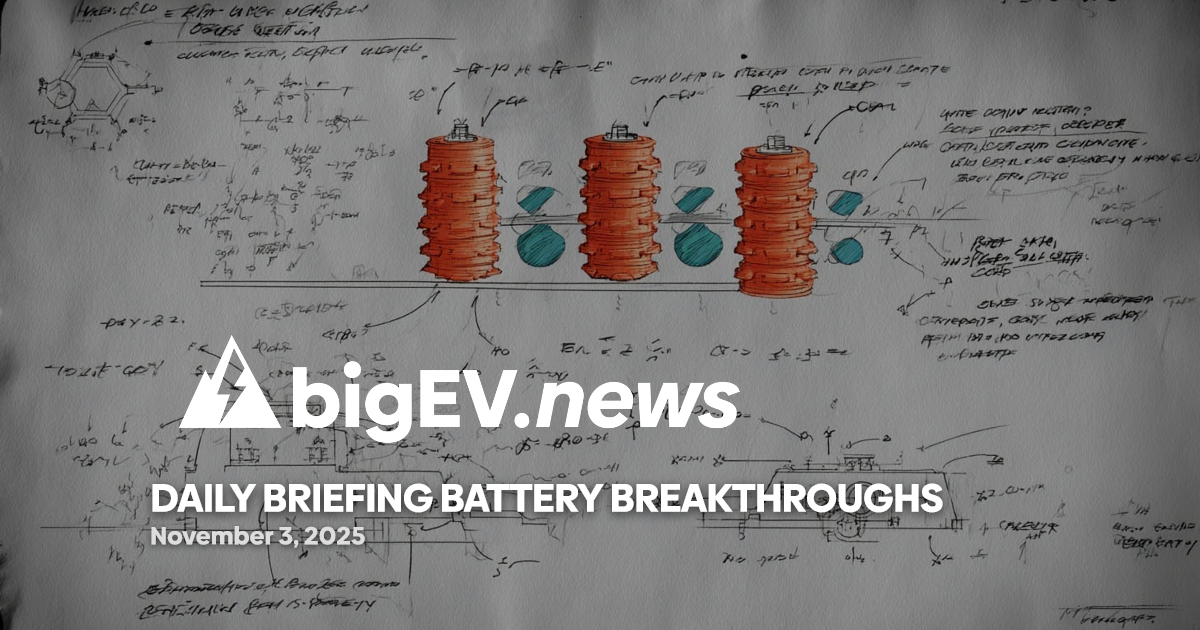A surge of new safety standards and regulatory frameworks is redefining compliance for electrification, energy, and industrial sectors worldwide.
At a glance – In the last 24 hours, regulatory agencies and industry bodies worldwide have advanced a series of new safety standards and compliance mandates, signaling a pivotal shift for the energy, transportation, and manufacturing sectors. The Office of Energy Infrastructure Safety in California formally adopted its 2025 Safety Certification Guidelines, setting forth new requirements for electrical corporations under PUC 8389(e). These guidelines are designed to incentivize investments in safety and foster a stronger safety culture, particularly to mitigate wildfire risks and associated costs. Notably, the certification presumes reasonable conduct in cost recovery proceedings for utility-caused wildfires, though it does not shield corporations from liability or guarantee full compliance with all mitigation plans. This move is expected to influence utility safety practices and regulatory expectations across the U.S., as other states monitor California’s evolving framework.
Technology advance – The U.S. Department of Transportation’s Pipeline and Hazardous Materials Safety Administration (PHMSA) has released an updated pipeline safety standard, PPI-TR 4, aimed at maintaining or improving public safety while reducing regulatory confusion and compliance burdens for stakeholders. This update fulfills a federal mandate and is expected to streamline safety protocols for pipeline operators, particularly those managing hazardous materials and energy infrastructure. The revised standard introduces new technical requirements for materials, inspection, and operational procedures, reflecting the latest advances in pipeline monitoring and risk mitigation technologies. Industry leaders anticipate that these changes will facilitate more efficient compliance processes and enhance the overall safety of critical energy transport networks.
Partnerships – In a landmark international collaboration, X-energy, Amazon, Korea Hydro & Nuclear Power, and Doosan Enerbility have announced a strategic partnership to accelerate the deployment of X-energy’s Xe-100 small modular reactors (SMRs) and TRISO fuel in the United States. The partnership aims to mobilize up to $50 billion in public and private investment to support advanced nuclear energy, with a focus on powering data centers and AI infrastructure. The Nuclear Regulatory Commission is currently reviewing X-energy’s construction permit for the first Xe-100 deployment at Dow’s Seadrift Operations in Texas, with additional projects planned in Washington state. This alliance is expected to set new benchmarks for nuclear safety compliance, engineering design, and supply chain development, while also advancing global standards for AI-nuclear integration and operational safety in next-generation energy systems.
Acquisitions/expansions – U.S.-based energy developer Fermi America has signed a memorandum of understanding with Hyundai Engineering & Construction to develop the nuclear component of what will become the world’s largest private grid, designed to power a next-generation AI complex in Amarillo, Texas. The “HyperGrid” campus will integrate nuclear power with combined-cycle natural gas, utility grid power, solar, and battery storage. This first-of-its-kind, behind-the-meter hybrid energy project will require rigorous adherence to evolving safety and compliance standards across multiple energy modalities. The partnership is currently focused on detailed engineering design and the pursuit of an engineering, procurement, and construction contract, with compliance frameworks for nuclear and hybrid energy systems under close regulatory scrutiny as the project advances.
Regulatory/policy – The U.S. Environmental Protection Agency (EPA) has proposed new effluent limitations guidelines and standards for the steam electric power generating sector, with a public hearing scheduled for October 14, 2025. The proposed rule targets stricter controls on water pollution from power plants, introducing updated discharge limits for toxic metals and other pollutants. These changes are expected to have significant compliance implications for operators of coal, gas, and nuclear power plants, requiring investments in advanced wastewater treatment technologies and enhanced monitoring systems. The EPA’s initiative is part of a broader federal push to modernize environmental standards in line with evolving energy production methods and public health priorities.
Finance/business – In Washington, the House of Representatives narrowly passed a $53.7 billion appropriations bill funding the Department of Energy (DOE) and federal water programs, with major implications for safety and compliance funding. The bill allocates $25.3 billion to the National Nuclear Security Administration and increases funding for the DOE’s civilian nuclear energy account, including support for advanced nuclear fuel availability and small modular reactor construction. However, it also proposes sharp cuts to clean energy programs and grid modernization efforts, raising concerns about the future of compliance innovation in renewable energy and electrification. The Senate’s position on the FY26 appropriations bill remains uncertain, with stakeholders closely watching for potential shifts in funding priorities that could reshape the regulatory landscape for energy and infrastructure projects nationwide.
Sources: energysafety.ca.gov, regulations.gov, American Nuclear Society, federalregister.gov, jdsupra, DOE press releases









